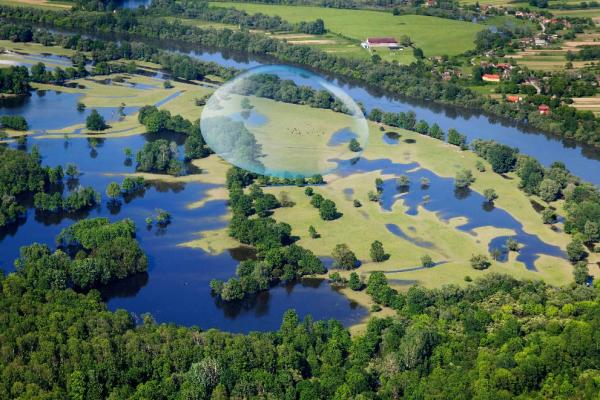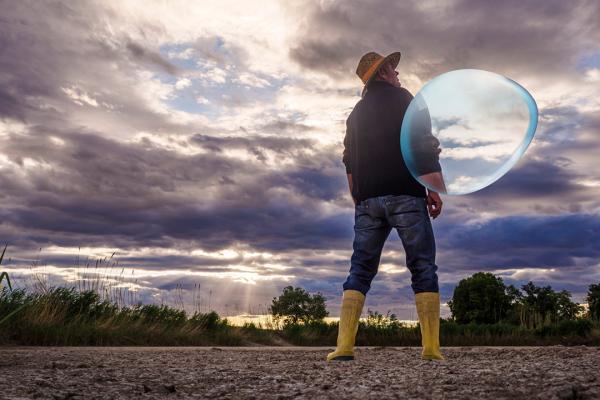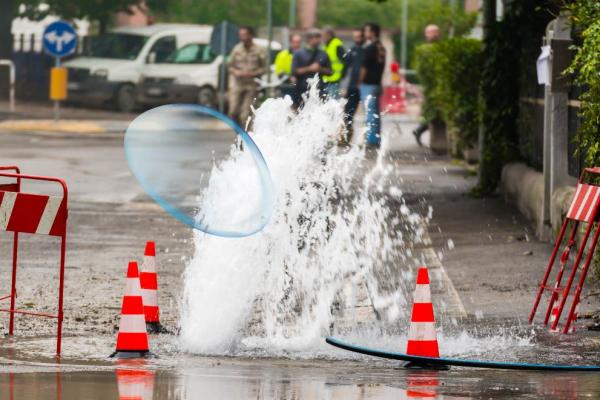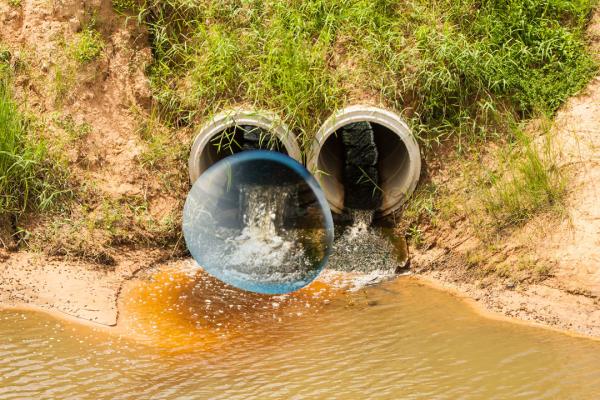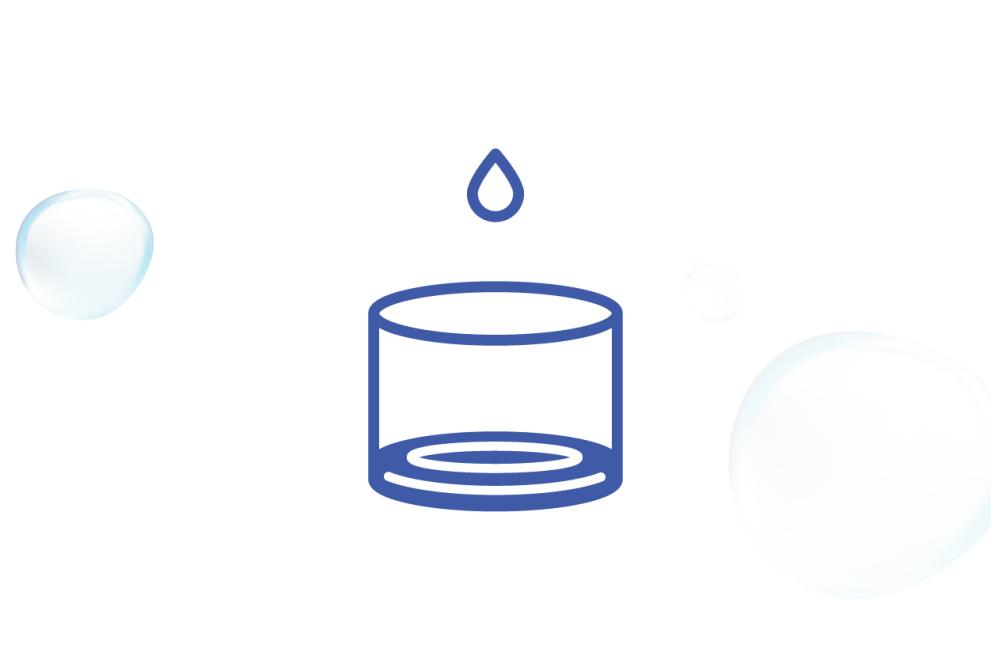 59%
59%of all surface water bodies in Poland meet the EU standard
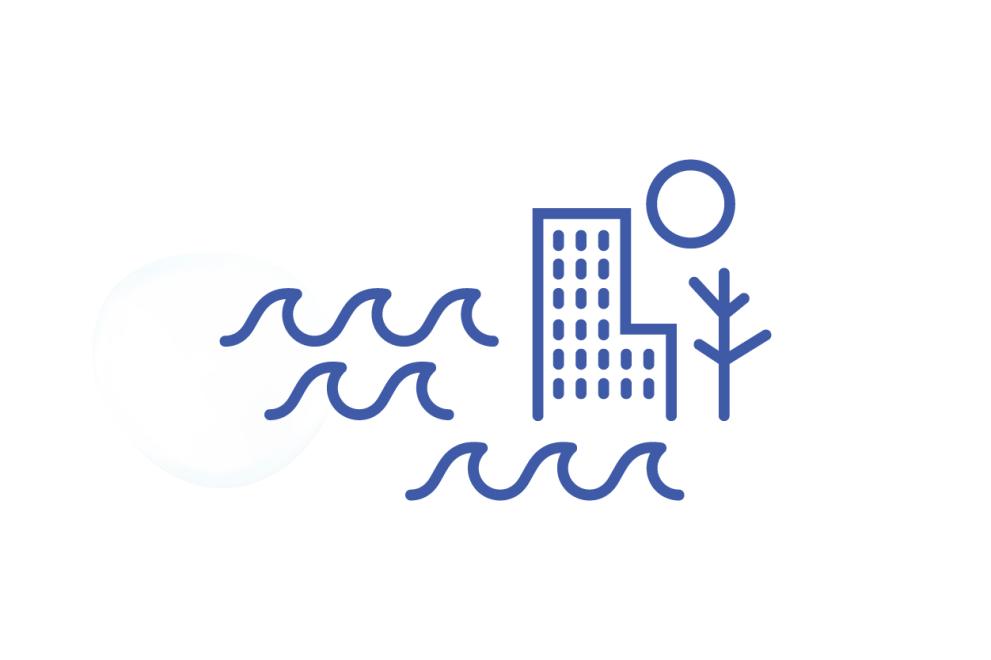 14.5%
14.5%of Poland’s water sources are under stress
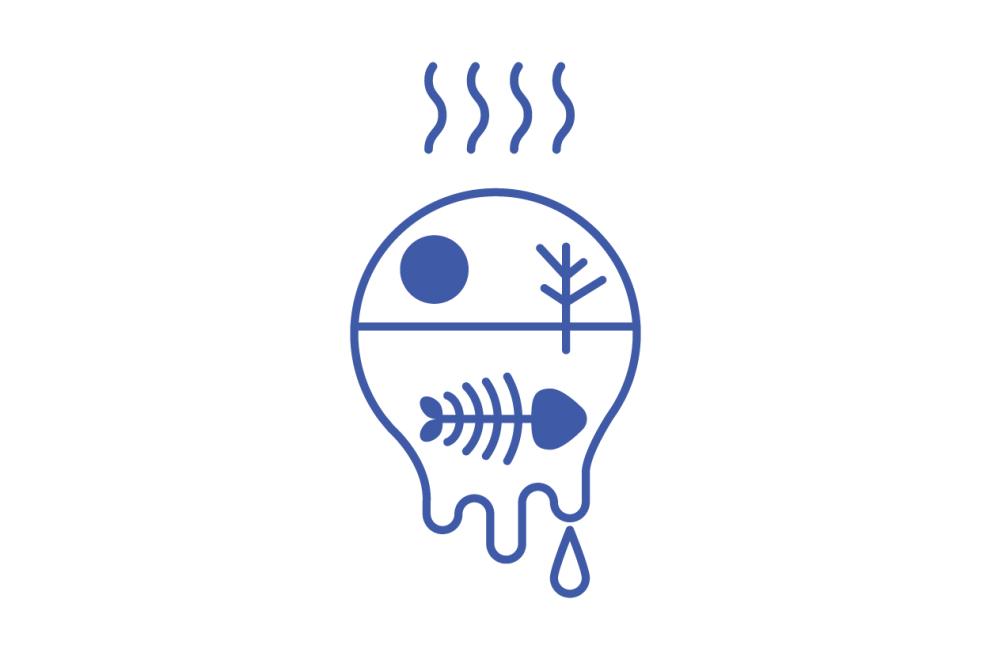 22%
22%of surface water bodies are affected by pollution
The issues affecting Poland’s waters
Water resources in Poland are very scarce compared to other countries, earning it a reputation as the ‘dry man of Europe’. Some 97% of resources come from rainfall, but much of it is lost to leakages and waste.
Flooding is the greatest natural risk. This is because Poland is located in the drainage basins of two large rivers – the Oder and the Vistula – with many large cities built on the two rivers and their tributaries. With the effects of climate change increasingly being felt and flooding becoming more frequent, action is needed to address this risk to the population.
Water quality is also a key concern in Poland. Nutrients from agriculture and the inadequate treatment of municipal and industrial waste are two major causes of pollution. For example, the Oder River environmental disaster of 2022 was mainly due to industrial discharge as well as a lack of compliance with the Urban Wastewater Treatment Directive in the Oder River basin and caused around 360 tonnes of fish to die. It illustrated the devastating effect of pollution on ecosystems and wildlife in Poland.
The treatment of urban wastewater is crucial for good water management. However, despite heavy investment, Poland has not met EU targets for treating wastewater properly. This is a problem as untreated wastewater re-entering water sources threatens both the quality of drinking water and wildlife.
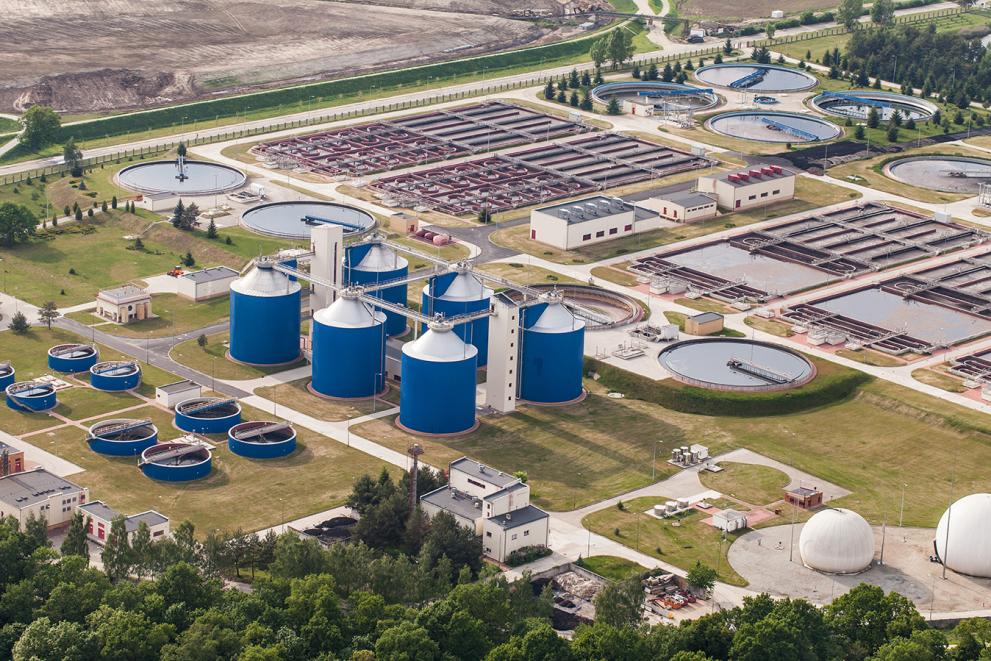
Solutions to the water issues in Poland exist
Poland is developing solutions to encourage water retention in cities and rural areas. This aims to tackle water shortages and drought by 2027.
In addition, in March 2020 Poland launched an initiative to help cities increase their resilience to droughts, floods and heatwaves by developing green and blue infrastructure.
Additional investments in sanitation, as indicated by the OECD, would help Poland reach and maintain compliance with EU laws.
Building on this work, nationally and locally, Poland can transform the way water is managed, used, and valued.
Explore water projects in Poland bringing fresh solutions
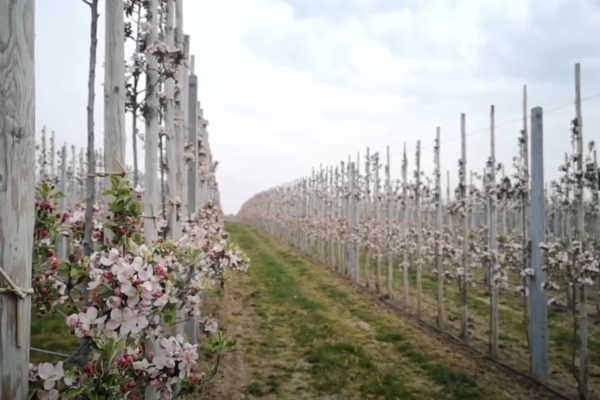
The innovative AGREUS project aims to optimise the amount of water needed to sow crops.
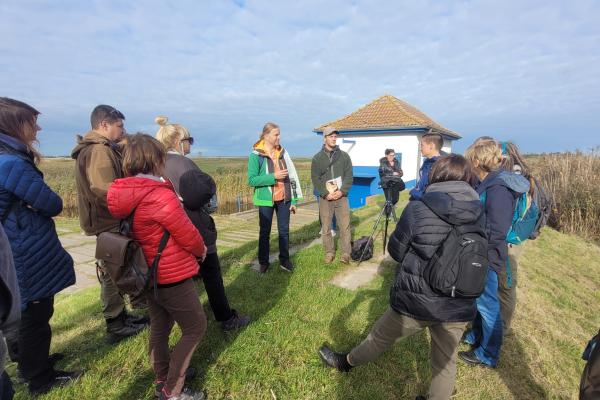
This LIFE project is restoring and protecting the largest complex of wetland habitats in central Poland.
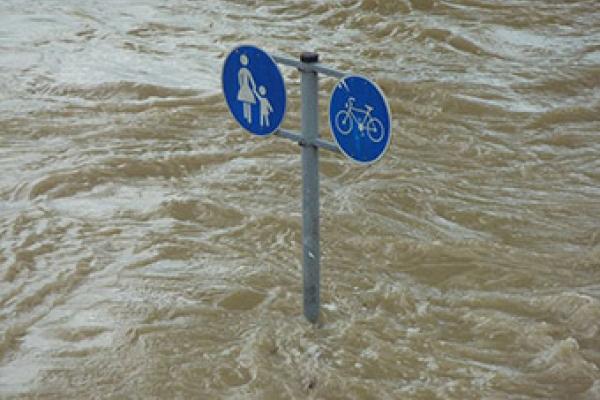
New embankments were constructed to guard against flooding in the city of Dębica.


